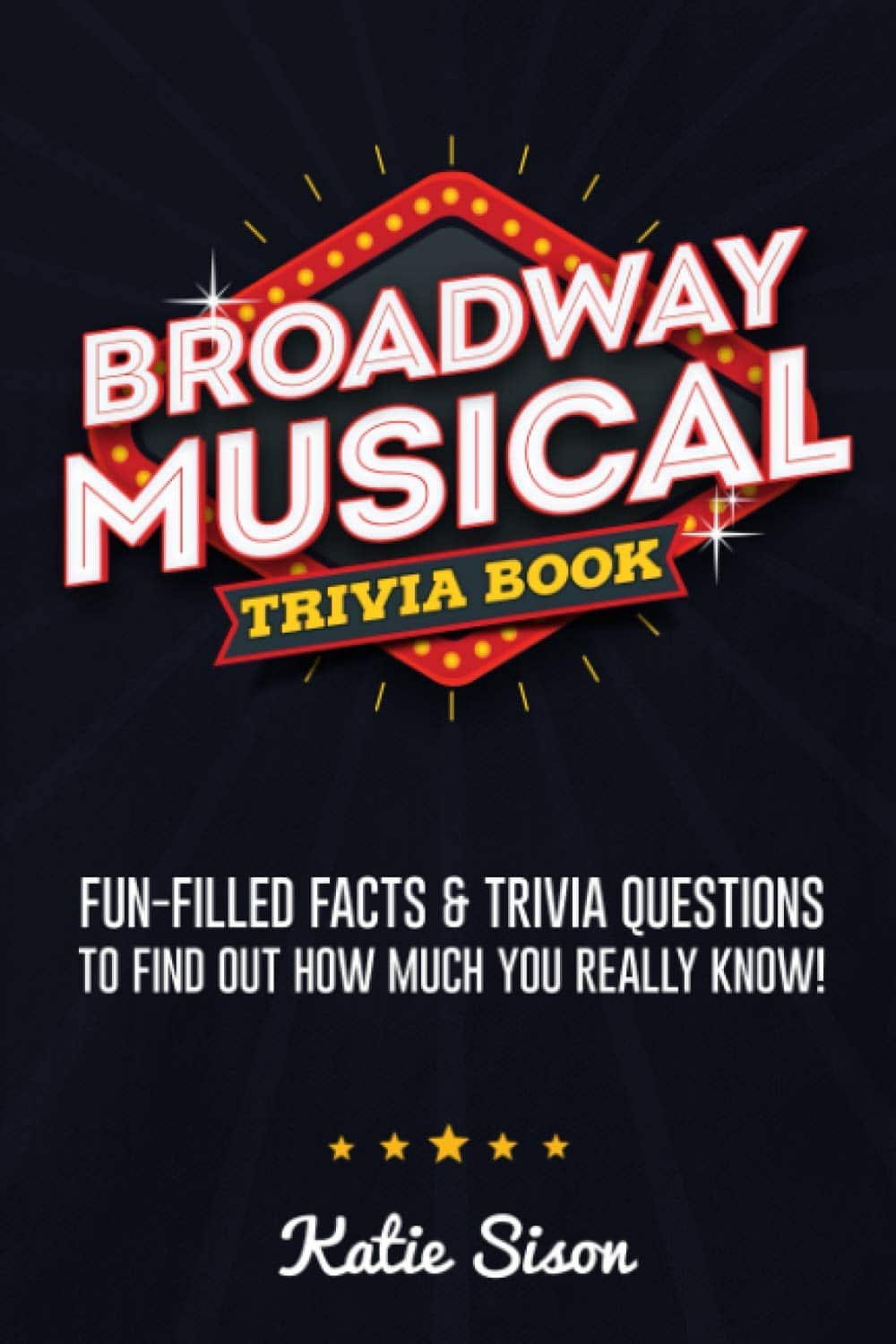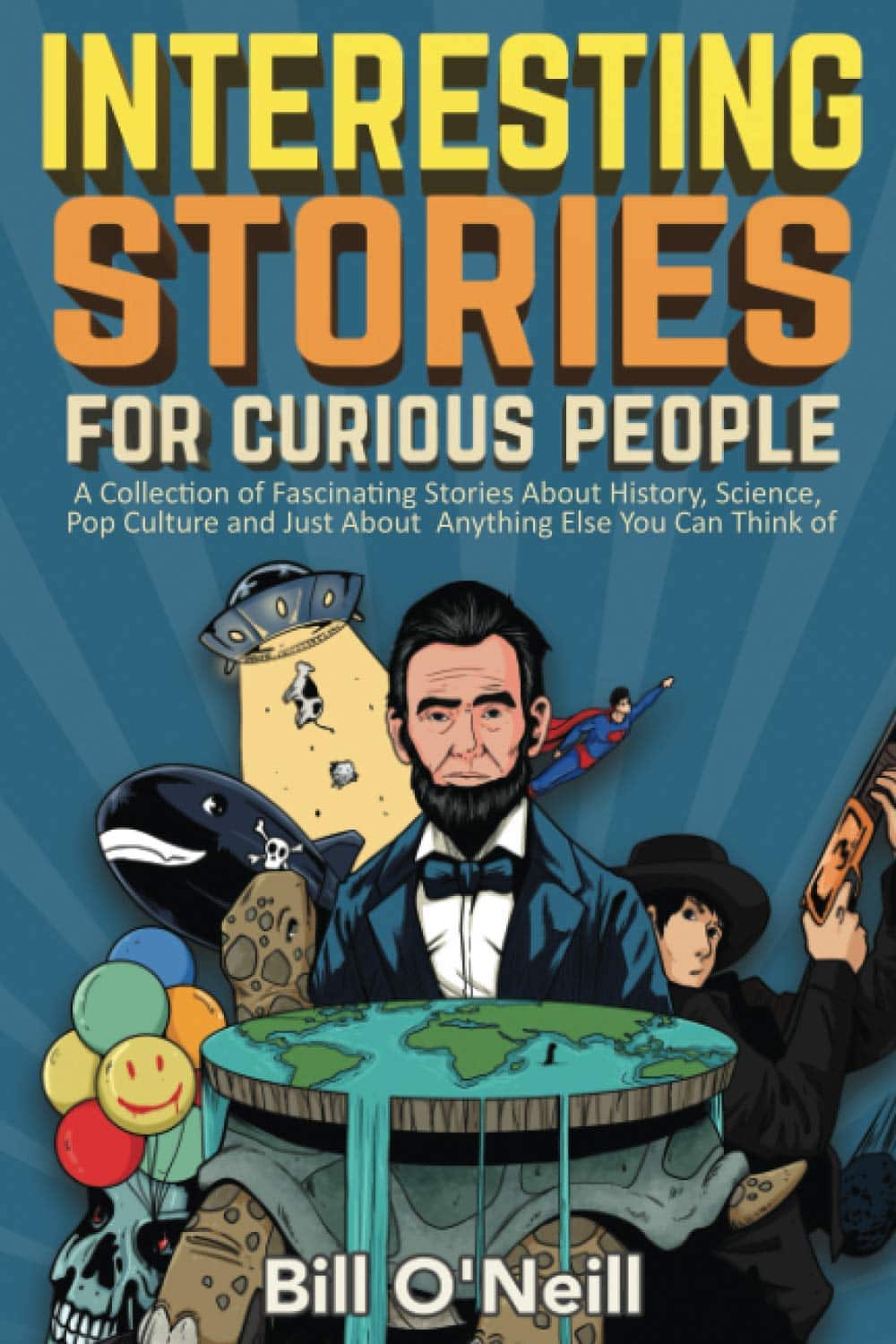
In the rapidly evolving landscape of Amazon Kindle Direct Publishing (KDP), many publishers are finding themselves at a crossroads. The days of easy success with low or no content books, such as simple logbooks or journals, are fading fast. As the market becomes more saturated, the need for innovation and differentiation has never been greater.
Logic would dictate that the next step is to create “medium content” books. However, there is no such category in KDP.
Exactly. Which is why you should start making them. By increasing the content in your low- to no- content books, you are stretching the boundaries of those categories and standing out among the competition. Until Amazon creates a “medium-content” format, the is the best way to improve your opportunities without having to become a novelist.
The Saturation of Low/No Content Books
Over the past few years, the KDP market has seen a significant influx of low and no content books. These include items like notebooks, planners, and logbooks that require minimal creative input. Cool covers with blank pages, Journals with lined pages and segmented “to-do” capsules”, that sort of thing.
Initially, this model proved lucrative, as the simplicity and speed of production allowed publishers to flood the market with numerous variations, each differing only slightly, primarily by cover design.
However, as the market became increasingly saturated, the effectiveness of this approach diminished. The once-thriving method of mass-producing basic interiors with different covers no longer guarantees sales.
Case in point: a popular KDP publisher with almost a thousand KDP books to his name notes that despite having a large catalog of such books, the majority of their revenue comes from a small subset of medium content books. Specifically, only about 4% of their books are what would be considered “medium” content, yet these account for 95% of their lifetime royalties.
The Move to Medium Content Books
The transition from low/no content to medium content involves a fundamental shift in strategy—from focusing on the product type to understanding and meeting customer needs. Medium content is a term that is used to describe books that go beyond repetitive pages to offer richer, more valuable content tailored to specific audiences. Again, it is not an official category – more of an effective approach toward the low-content category. However, we will continue to use this term as though it is an actual category.
For example, a low content fishing logbook might consist of identical pages for recording catches. In contrast, a medium content book for the same market would include sections for identifying different fish species, learning fishing techniques, and providing useful information about fishing gear. This enhanced approach not only adds value but also distinguishes the product in a crowded marketplace.
Understanding Customer Needs
The key to successful medium content publishing is a deep understanding of the target market. Instead of creating products based on what has historically sold well, publishers must identify and address the specific problems or desires of their audience. This involves research and empathy—putting oneself in the shoes of potential buyers and asking what additional value or information they might need.
This customer-centric approach is not only critical, it gets back to basics. People buy stuff that they want, and they won’t but stuff that they don’t. This is a fundamental law of buyer/seller physics that was somehow ignored during the early, get-rich-quick days of KDP. And we all know (or, at least I hope you do, Dear Reader), what happens with get-rich-quick schemes.
By creating books that solve real problems or enhance the lives of their users, publishers can build products that stand out. This is especially important in niche markets, where tailored content can command higher prices and foster customer loyalty.
The Effort Required
Transitioning to medium content books does require more effort than producing low/no content books. It involves research, design, and a more thoughtful approach to content creation. However, the rewards can be substantial. A well-crafted medium content book can dominate its niche, attract positive reviews, and generate consistent sales, far outstripping the potential of simpler products.
This shift also aligns with the broader principles of business success. Just like any other venture, succeeding in KDP requires patience, effort, and strategic thinking. The notion of easy, quick success with minimal work is largely a myth perpetuated by those who stand to benefit from selling this dream.
In this entrepreneurial world, these last three sections are better known by their collective description: “No sh*t, Sherlock.”
The Benefits of Medium Content Books
There are several key advantages to focusing on medium content books:
- Higher Perceived Value: Books that offer more comprehensive and useful content are perceived as more valuable, allowing publishers to charge higher prices.
- Reduced Competition: By creating unique and valuable products, publishers can avoid direct competition with the multitude of low/no content books.
- Customer Loyalty: Providing real value builds trust and loyalty among customers, leading to repeat purchases and positive reviews.
- Sustainable Revenue: Medium content books, being more useful and differentiated, tend to generate more sustainable and long-term revenue streams.
Conclusion: A Strategic Approach to KDP Success
In conclusion, as the KDP market evolves, so too must the strategies of its publishers. The saturation of low/no content books necessitates a shift towards medium content publishing. By focusing on the needs and wants of their target audience, KDP publishers can create products that not only stand out but also provide real value, ensuring long-term success.
The experience of seasoned KDP publishers underscores this point. Their success with medium content books, compared to the diminishing returns of low/no content books, offers a clear roadmap for aspiring publishers. It is a call to action: to move beyond the easy, repetitive models of the past and embrace a more thoughtful, customer-centric approach.
This transition may require more effort and a deeper understanding of the market, but the potential rewards make it a smart next move for anyone serious about succeeding in Amazon KDP publishing.
And you don’t have to be a legendary private eye to figure that out.




